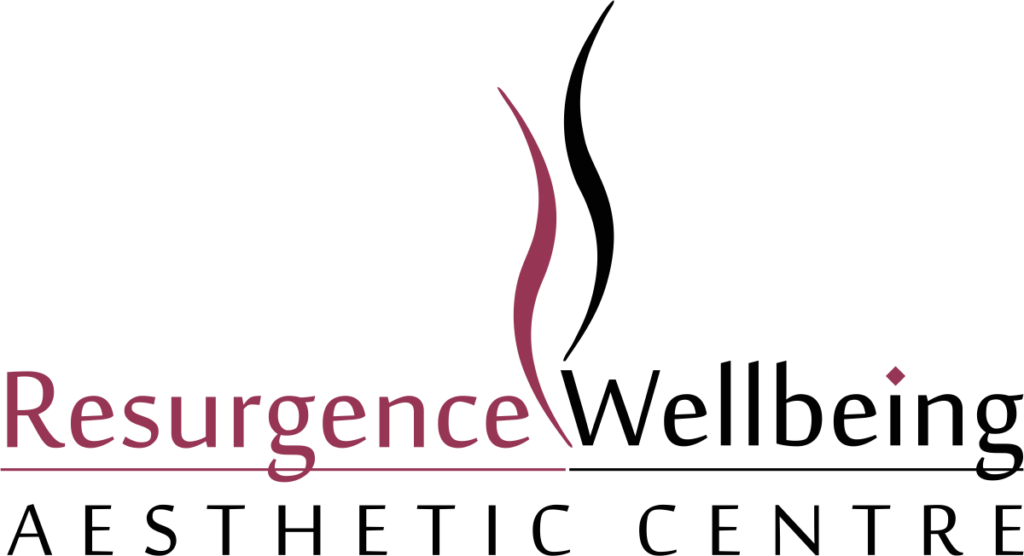
Hijama Cupping Therapy
Services available like CHIROPRACTIC, HIJAMA CUPPING, ELECTRO ACUPRESSURE, SPORTS MASSAGE, SCRAPING TOOL TECHNIQUES, HEAT MASSAGE, FACIAL CUPPING, etc
Cupping Therapy is a traditional way of Prophet (P.B.U.H) It is an ancient treatment in his era.
Unbelievable benefits can be utilised WITHOUT ANY MEDICINE AND SURGERY. It’s effective on many Diseases like MIGRAINE, HEADACHE, ANXIETY, DEPRESSION, ARTHRITIS, KNEE PAIN, THYROID, HIGH BLOOD PRESSURE, PSORIASIS, SKIN ALLERGY, ACNE ON FACE , HAIR LOSS, UPPER & LOWER BACK PAIN, FROZEN SHOULDER, SEXUAL WEAKNESS, ECZEMA, TRAPPED, NECK ACHE , NERVOUSNESS, GASTRIC, CONSTIPATION PEPTIC ULCER, PCOD PCOS, WEIGHT LOSS, DETOXIFICATION etc are popular Curable treatment.
Procedure: Cupping therapy involves placing cups on the skin to create suction. Here’s a general overview of the procedure:
1. Preparation: The therapist begins by cleaning the skin and applying oil or lotion to allow the cups to slide smoothly.
2. Cup Placement: Cups, typically made of glass, plastic, or silicone, are then placed on specific areas of the body.
The practitioner may use various techniques, such as stationary cupping or gliding cups along the skin.
3. Suction: The cups create suction, either by using heat (fire-cupping) or a mechanical pump. This suction draws the skin and superficial muscle layer into the cup.
4. Duration: The cups are usually left in place for a few minutes. Sometimes, the therapist may move them around for a massage-like effect.
5. Removal: To remove the cups, the therapist releases the suction by breaking the seal, often by pressing on the skin near the cup’s edge.
6. Post-Cupping: After cupping, the treated areas may have temporary discoloration or marks due to increased blood flow. These markings are not bruises but are believed to indicate the release of stagnation and toxins.
It’s important to note that cupping therapy should be performed by trained professionals, and individuals considering this treatment should consult with a healthcare provider to ensure its suitability for their specific health conditions.
Benefits: Cupping therapy enthusiasts suggest various potential benefits, though it’s important to note that scientific evidence is still limited, and individual experiences may vary. Some reported benefits include:
1. Pain Relief: Cupping is believed to help alleviate muscle tension, joint pain, and discomfort.
2. Improved Blood Circulation: The suction created by the cups may promote increased blood flow to the treated areas.
3. Relaxation: Many people find cupping sessions to be relaxing, helping to reduce stress and anxiety.
4. Detoxification: Advocates claim that cupping can aid in the removal of toxins from the body through improved circulation.
5. Reduced Inflammation: Cupping is thought to have anti-inflammatory effects, potentially benefiting conditions like arthritis.
6. Respiratory Relief: In traditional practices, cupping has been used to address respiratory issues, although more research is needed in this area.
7. Enhanced Skin Health: Facial cupping, in particular, is said to promote healthier skin by stimulating collagen production and improving blood flow.
8. Muscle Recovery: Athletes sometimes use cupping therapy as part of their recovery routine to reduce muscle soreness and enhance flexibility.
Remember, while cupping therapy has been practiced for centuries in various cultures, scientific validation of its benefits is still an evolving field. Always consult with healthcare professionals before trying alternative therapies, especially if you have pre-existing health conditions.
Recovery : The recovery time after cupping therapy is generally minimal. Most people experience temporary red or purple marks on the skin, which are not bruises but caused by the suction drawing blood to the surface. These marks usually fade within a few days to a couple of weeks.
Individual responses to cupping can vary. Some people may not experience any marks or discomfort, while others may have more noticeable discoloration. It’s common for practitioners to advise clients to avoid exposing the treated areas to excessive heat, cold, or intense physical activity immediately after a cupping session.
If you’re considering cupping therapy, it’s essential to follow your practitioner’s post-treatment instructions for optimal recovery. If you have concerns about the recovery process or experience prolonged discomfort or skin changes, it’s advisable to consult with the healthcare professional or the practitioner who performed the cupping.


